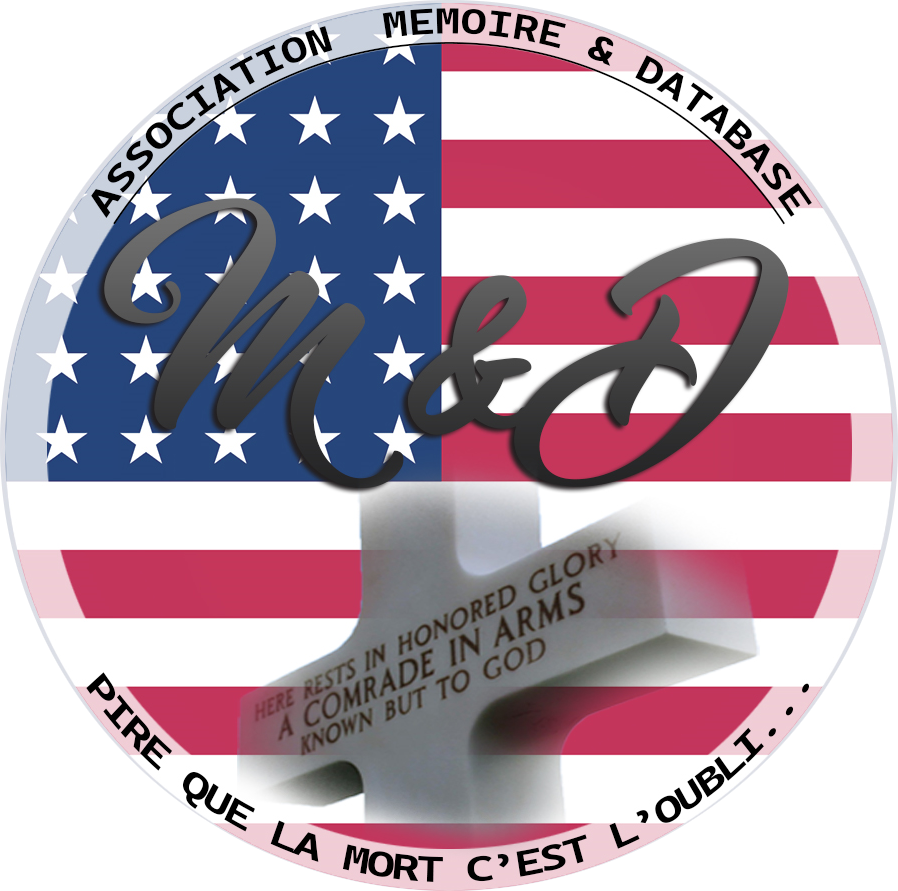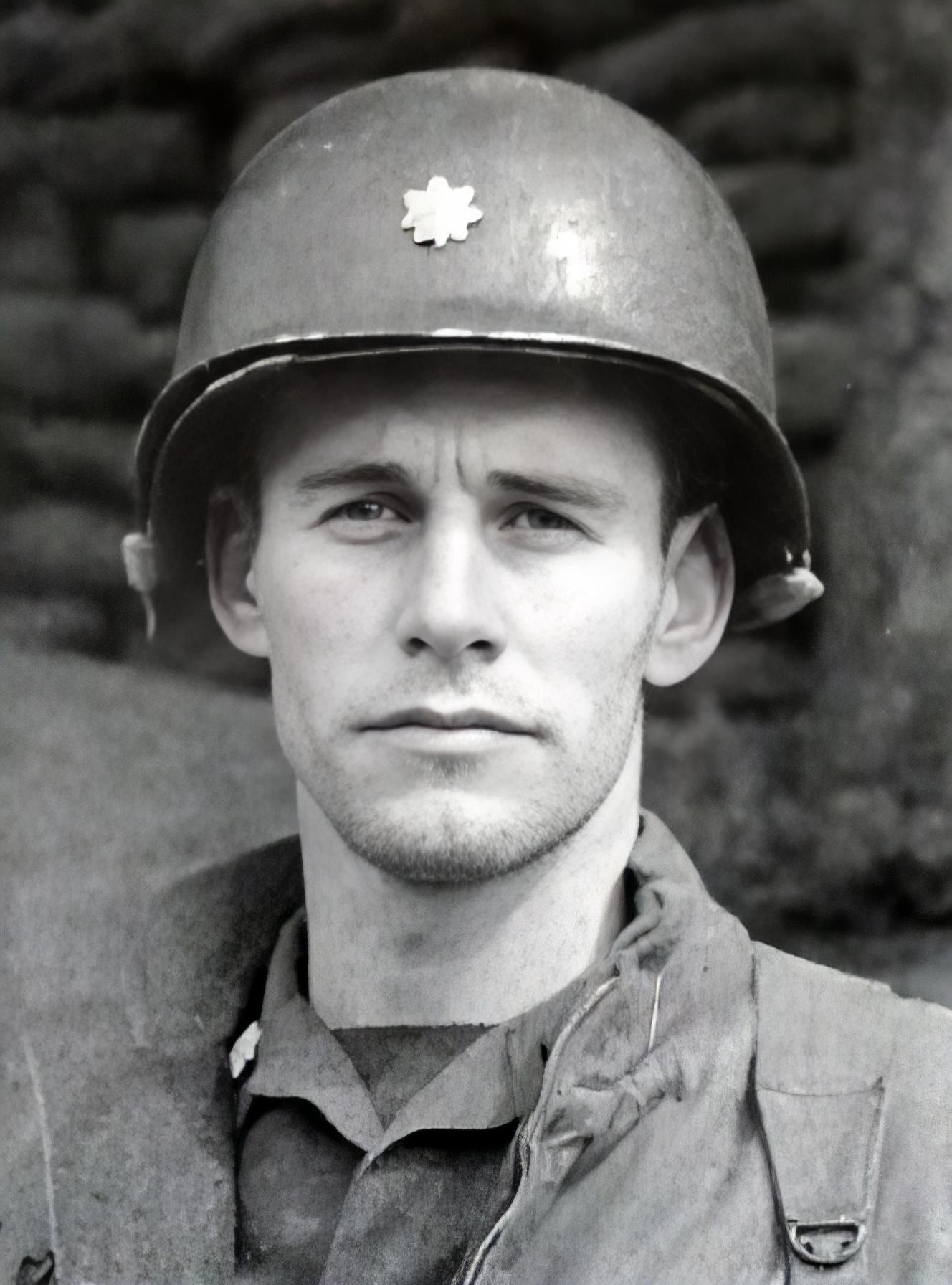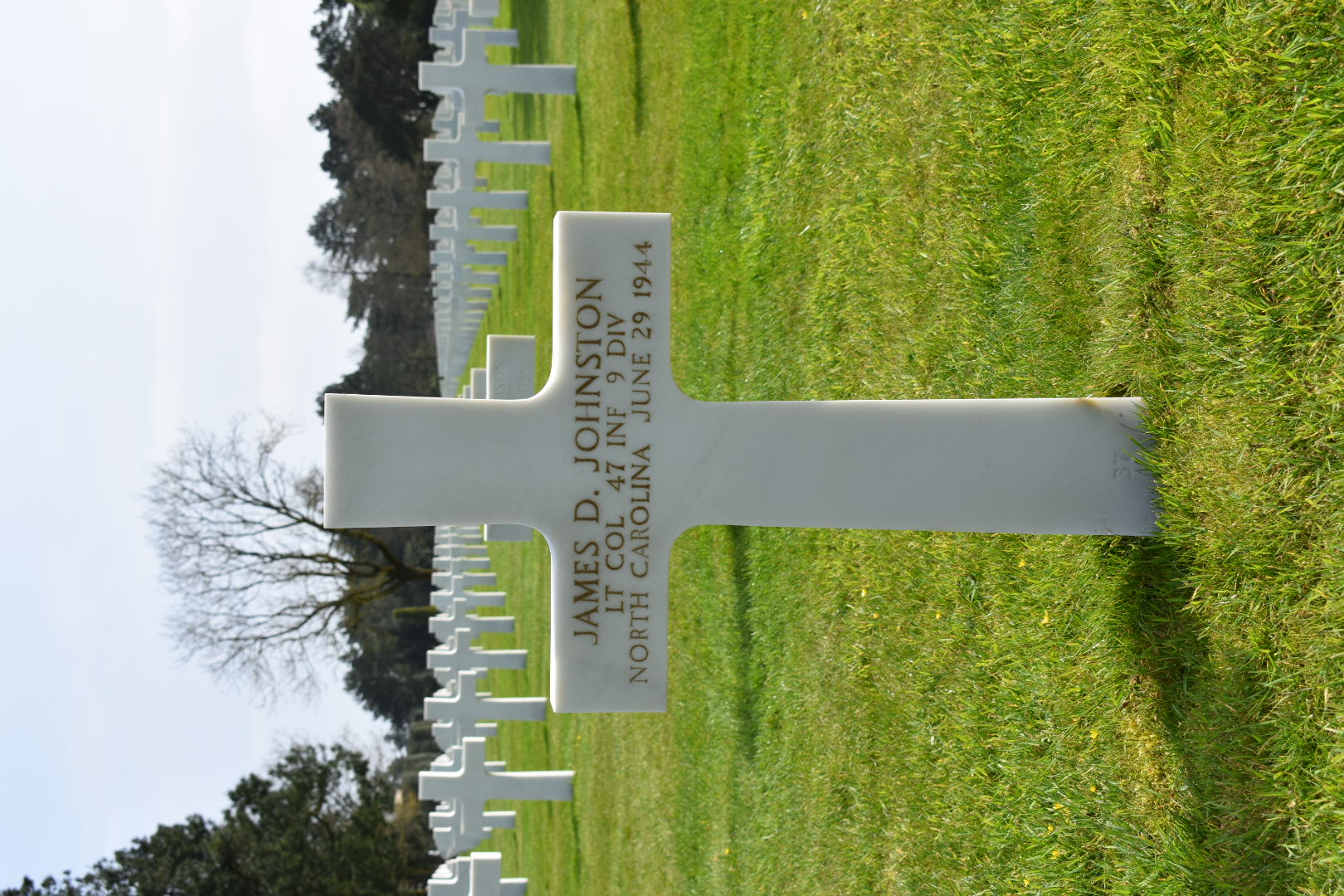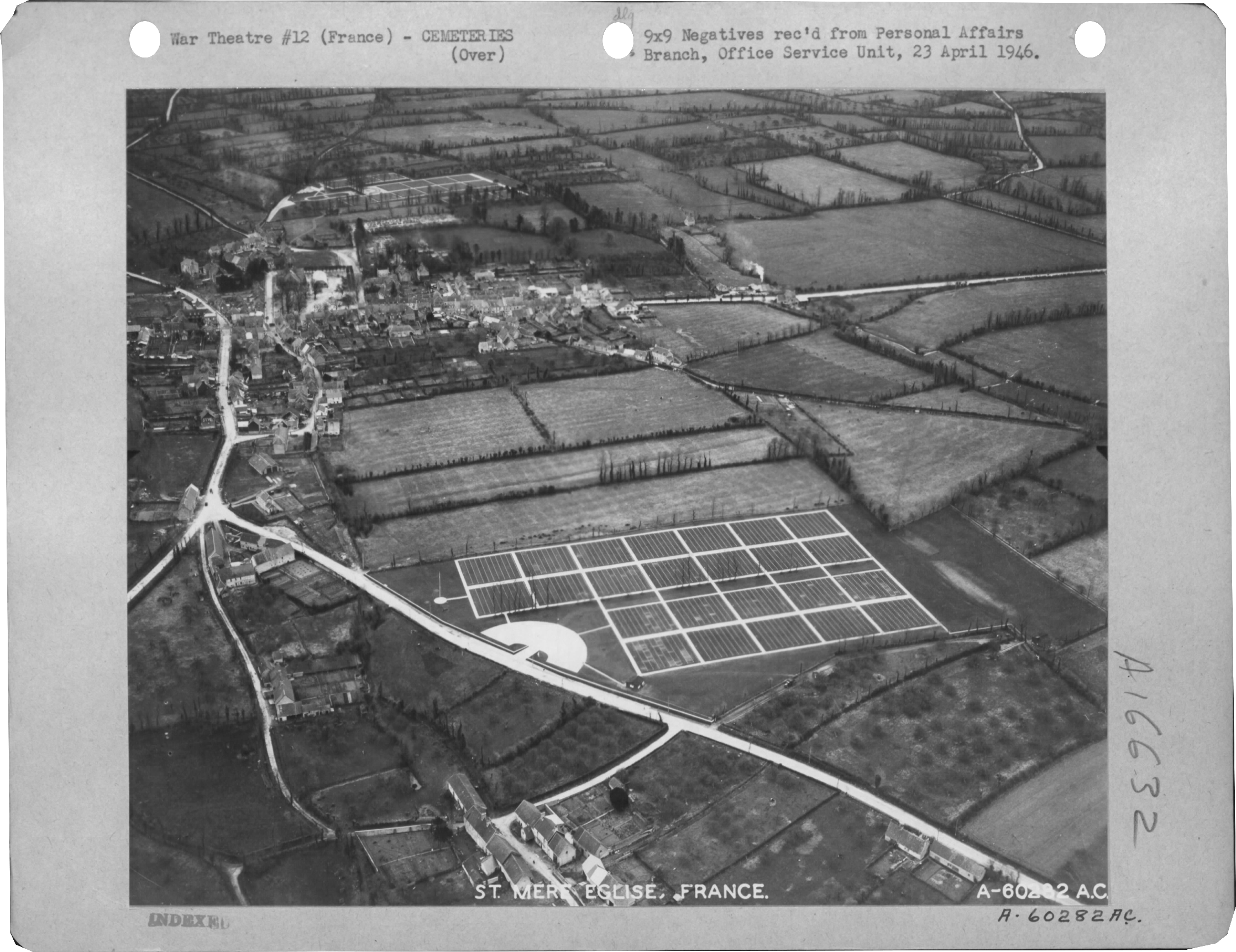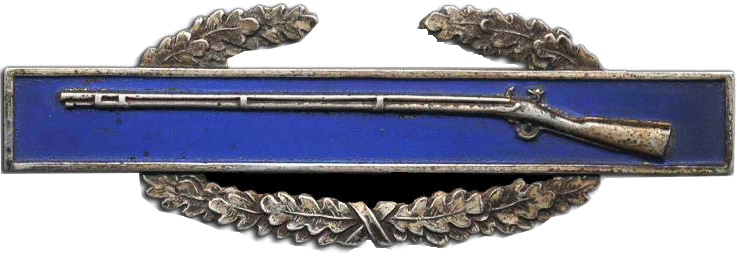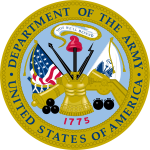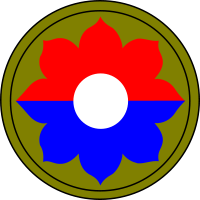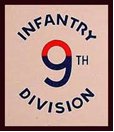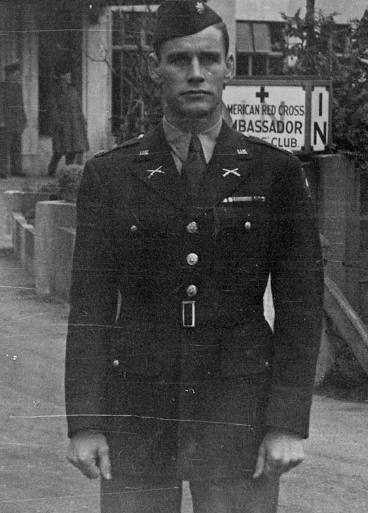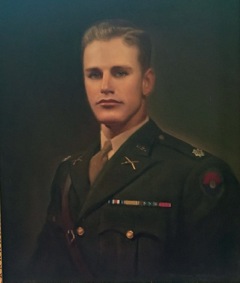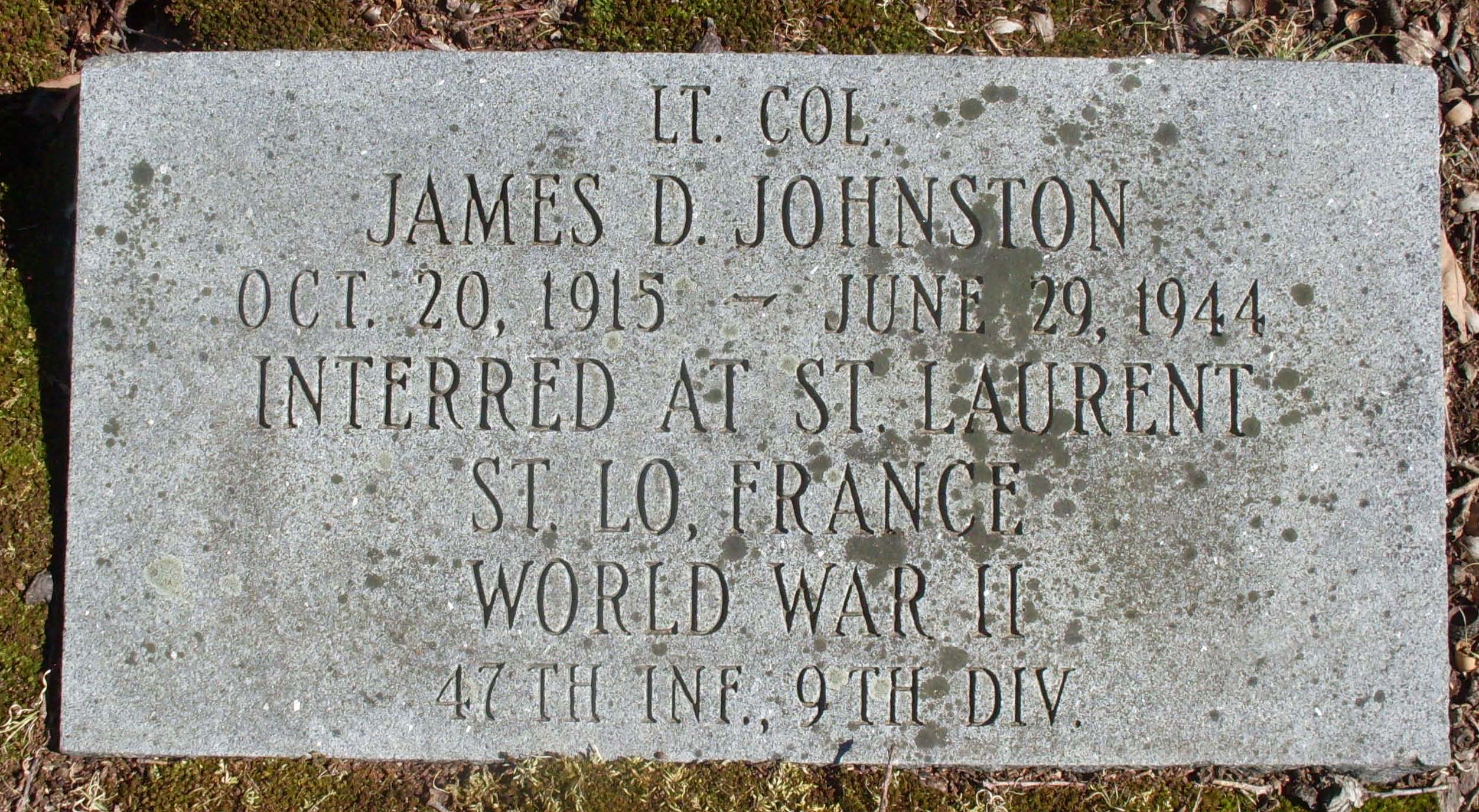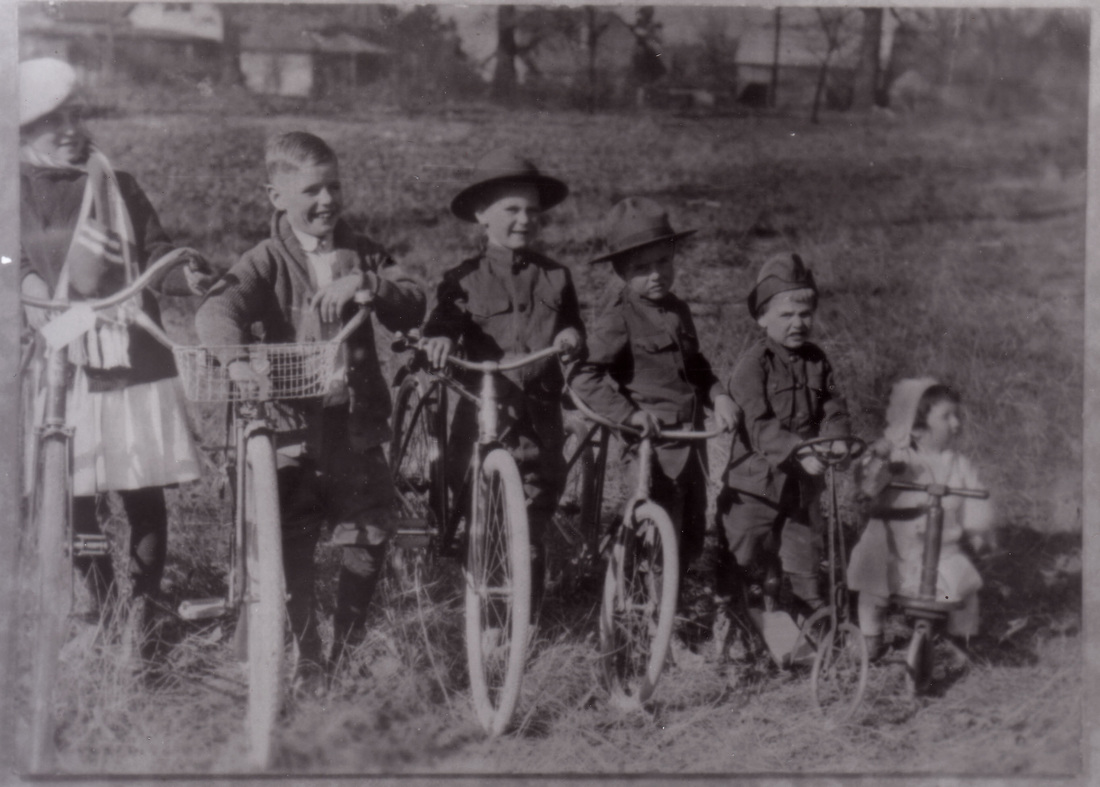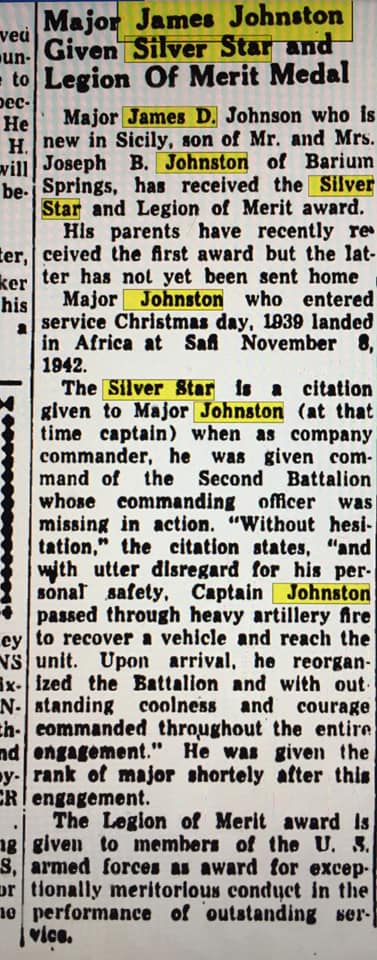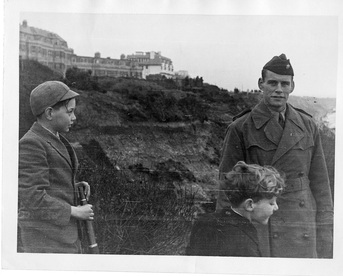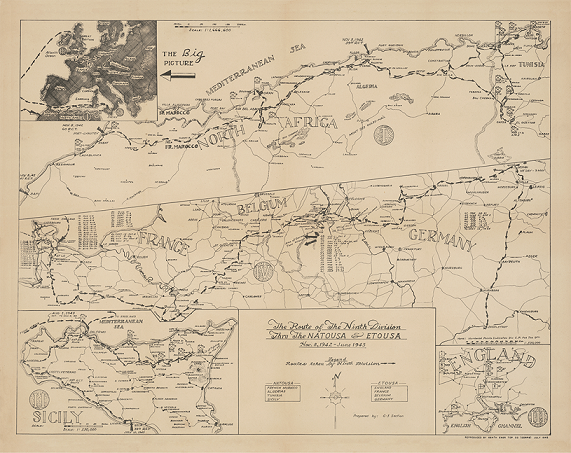|
James Davidson JOHNSTON
| ||||||||||||||||||||||||||
|---|---|---|---|---|---|---|---|---|---|---|---|---|---|---|---|---|---|---|---|---|---|---|---|---|---|---|
|
Source : Frederic Blais (Ellen Marchese) | ||||||||||||||||||||||||||
| NUMBER OF SERVICE | O-353584 | |||||||||||||||||||||||||
| AGE | 28 yo | |||||||||||||||||||||||||
| DATE OF BIRTH |
20 October 1915 Lincolnton, Lincoln County, NORTH CAROLINA | |||||||||||||||||||||||||
| ENLISTMENT STATE | NORTH CAROLINA | |||||||||||||||||||||||||
| FAMILY |
Parents : Joseph Boudinot & Ann Lee Davidson JOHNSTON Siblings : Ann Fayssoux,Robert Zenas, William Lee, Joseph Boudinot, James Davidson , Bessie Irvine & Leila Davidson | |||||||||||||||||||||||||
| RANK |
| |||||||||||||||||||||||||
| FONCTION | Commanding Officer 2nd Battalion | |||||||||||||||||||||||||
| JOB BEFORE ENLISTEMENT |  | |||||||||||||||||||||||||
| DATE of ENLISTEMENT | ||||||||||||||||||||||||||
| BATTALION | 2nd Battalion | |||||||||||||||||||||||||
| REGIMENT | 47th Infantry Regiment | |||||||||||||||||||||||||
| DIVISION | 9th Infantry Division | |||||||||||||||||||||||||
| DATE OF DEATH | 29 June 1944 |
Source : Doug Marion | ||||||||||||||||||||||||
| STATUS | KIA | |||||||||||||||||||||||||
| PLACE OF DEATH | Acqueville | |||||||||||||||||||||||||
| CEMETERY TEMPORARY |
CEMETERY TEMPORARY of Sainte Mère Eglise #2 N°3586
| |||||||||||||||||||||||||
| CEMETERY | NORMANDY AMERICAN CEMETERY of Colleville | |||||||||||||||||||||||||
| GRAVE |
| |||||||||||||||||||||||||
| DECORATION |
| |||||||||||||||||||||||||
| ||||||||||||||||||||||||||
| STORY | ||||||||||||||||||||||||||
Early LifeJames Davidson Johnston was born on October 20, 1915, in Lincolnton, North Carolina. Soon after his birth, his family moved to Barium Springs. He was raised in Presbyterian Orphans’ Home, now known as the Children’s Hope Alliance, where his father worked as the superintendent from 1922 to 1949. He graduated from Barium Springs High School and then entered Davidson College in North Carolina. He was the track team captain, competing in discus and javelin events, and a “lettered” football player. An active member of the ROTC, a First Lieutenant, Johnston also earned a spot in Scabbard and Blade, a college military honor society. Following his college graduation, Johnston worked at Firestone Tire and Rubber Company while living in a boarding home in Charlotte. Johnston became engaged before enlisting in the military. When he was called to active duty, he was forced to leave his fiancée, Dee, behind. |
Source : Nhdsilentheroes.org | |||||||||||||||||||||||||
|
Source : Nhdsilentheroes.org
|
HomefrontNorth Carolina was actively involved in the war efforts in the early 1940s. Located in North Carolina, Fort Bragg is one of the nation’s largest military bases today. In addition to serving as a training site for units like the 9th Infantry Division, Fort Bragg was home to between 2,000 and 3,000 German Prisoners of War (POWs) during World War II. Throughout the state, the POWs were used as laborers on military bases and local farms, assisting with pulpwood harvesting and other farm tasks. North Carolina also had many industries that contributed significantly to the war. The state was fourth in the production of lumber supplied to the military and the largest textiles provider to the armed forces. Wilmington’s North Carolina Shipbuilding Company constructed dozens of ships for the U.S. Navy between 1941 and 1945. | |||||||||||||||||||||||||
Military ExperienceJames Johnston was commissioned into the U.S. Army on December 25, 1940, at Fort Bragg, North Carolina as a second lieutenant. The 9th Infantry Division trained in the Carolinas, specifically for amphibious landings. After training, they were sent to Casablanca, Morocco, and engaged in the first amphibious invasion led by the U.S. Army in World War II. While landing on the beach, Johnston learned that the gunfire was from French troops under the command of Marshall Philippe Pétain. His division marched across North Africa through Oran, Algeria, and the Kasserine Pass into central Tunisia. There, he experienced his first combat on November 8, 1942. He also fought in the Battle of El Guettar on March 28 through April 7, 1943, and in the Battle of Sedjenane – Bizerte on May 4-10, 1943. Throughout his experiences in North Africa, he received a Silver Star for his “gallantry in action.” Johnston had the honor of meeting King George VI, the reigning monarch of the United Kingdom during World War II, when he served in Algeria on June 13, 1943. During the visit, King George inquired on how his troops stayed unusually clean despite the infamous North African dust and dirt. Johnston promptly replied, “With lots of soap and elbow grease, Your Majesty,” leaving the King to inquire about the ingredients of “elbow grease.” After fighting in North Africa, Johnston stormed Sicily’s beaches on June 17, 1943, then fighting in the Battle of Cesaro from August 7-10, 1943. By November 1943, the 47th Infantry Regiment set sail for England to train for the D-Day invasion. On D-Day plus 4, Johnston debarked on Utah Beach. For the invasion, Johnston commanded the 2nd Battalion, 47th Infantry Regiment (also known as the “Raider Regiment”), 9th Infantry Division. After fighting his way westward through France up the Cotentin Peninsula, his Battalion established an observation post in Acqueville used for reconnaissance preparation. Johnston called for tank reinforcements, but on June 20, 1944, a German 88mm round lacerated his abdomen as he stepped out the door. After being seriously wounded in action, Johnston gave the ultimate sacrifice on June 29, two days after Cherbourg’s liberation. This was vital to the Normandy campaign since Cherbourg was a major harbor that provided a deep water port that the Allies so desperately needed to bring in materials and supplies. For Johnston’s devoted service, he was posthumously awarded the Legion of Merit and Bronze Star. Following his death, many local community members attended the memorial service dedicated to the soldiers whose lives were taken during the D-Day invasion. Johnston’s close friend Lewis “Chippy” Maness and his wife, Mary, sent a letter to the Johnston family letting them know they named their son, Jimmy, after Johnston. Johnston’s fiancée remarried and called her firstborn James after Johnston. |
Barium Springs Cemetery Barium Springs, Iredell County, NORTH CAROLINA Source : Angie B. Kaiser | |||||||||||||||||||||||||
EulogyOn June 20, 1944, Lieutenant Colonel James Davidson Johnston led his battalion through Cherbourg, France. After securing an observation post, he set out to call for reinforcements. As he stepped out the door, a German 88mm shell exploded feet away from him. Nine days later, on June 29, 1944, Johnston gave the ultimate sacrifice. His life ended in a small town in France, just like the small town where he was born in North Carolina. Today, we thank all soldiers for their sacrifice to secure peace, freedom, and prosperity. Johnston gave his life following his dedicated service to the U.S. Army and was instrumental to the freedom granted to us today. But Johnston was not just another number; he was not only one of the 10,000 Allied casualties during D-Day. He was a fiancé; he was a brother; he was a son. So today, we honor his family, who have been reconnected from the Carolinas to California through this experience, and we celebrate his story among thousands of others waiting to be told. | ||||||||||||||||||||||||||
|
James D. Johnson is shown second from the right in the family’s Christmas card, c. 1920. Courtesy of Douglas Marion. Source : Nhdsilentheroes.org |
Source : Monty McDaniel | 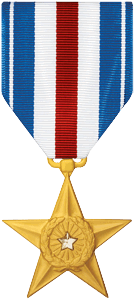 | ||||||||||||||||||||||||
|
Johnston in Bournemouth, England, January 28, 1944. Courtesy of Davidson College Archives and Special Collections. Source : Nhdsilentheroes.org | ||||||||||||||||||||||||||
Activated/Activé |
Normandy/Normandie |
| 1 Aug 1940 | Days of Combat/Jour de Combat 304 |
| Casualties/Victimes 23 277 | |
Entered Combat/Entré au combat |
|
| 8 Nov 1942 North Africa | |
|
Commanding Generals/Commandants généraux Maj. Gen. Jacob L. Devers (Oct 40 - Jul 41) |
Campaigns/CampagnesAlgeria-French Morocco (8 Nov 42 - 11 Nov 42)Tunisia (17 Nov 42 - 13 May 43) Sicily (9 Jul - 17 Aug 43) Normandy (6 Jun 44 - 24 Jul 44) Northern France (25 Jul 44 - 14 Sep 44) Rhineland (15 Sep 44 - 21 Mar 45) Ardennes-Alsace (16 Dec 44 - 25 Jan 45) Central Europe (22 Mar 45 - 11 May 45) |
PLAN DE ROUTE DE LA CAMPAGNE - CAMPAIGN ROUTE MAP |
|
|
Cette carte retrace le parcours de la 9ème division d'infanterie en Méditerranée et en Europe pendant la Seconde Guerre mondiale. This maps charts the journey of the 9th Infantry Division throughout the Mediterranean and Europe during World War II. |
|
DIVISION CHRONICLEThe 9th Infantry Division saw its first combat in the North African invasion, 8 November 1942, when its elements landed at Algiers, Safi, and Port Lyautey. With the collapse of French resistance, 11 November 1942, the Division patrolled the Spanish Moroccan border. The 9th returned to Tunisia in February and engaged in small defensive actions and patrol activity. On 28 March 1943 it launched an attack in southern Tunisia and fought its way north into Bizerte, 7 May. In August the 9th landed at Palermo, Sicily, and took part in the capture of Randazzo and Messina. After returning to England for further training, the Division hit Utah Beach on 10 June 1944 (D plus 4) , cut off the Cotentin Peninsula, drove on to Cherbourg and penetrated the port's heavy defenses. After a brief rest in July, the Division took part in the St. Lo break-through and in August helped close the Falaise Gap. Turning east, the 9th crossed the Marne, 28 August, swept through Saarlautern, and in November and December held defensive positions from Monschau to Losheim. Moving north to Bergrath, Germany, it launched an attack toward the Roer, 10 December, taking Echtz and Schlich. From mid-December through January 1945, the Division held defensive positions from Kalterherberg to Elsenborn. On 30 Jannary the Division jumped off from Monschau in a drive across the Roer and to Rhine, crossing at Remagen, 7 March. After breaking out of the Remagen bridgehead, the 9th assisted in the sealing and clearing of the Ruhr Pocket, then moved 150 miles east to Nordhausen and attacked in the Harz Mountains, 14-20 April. On 21 April the Division relieved the 3d Armored along the Mulde River, near Dessau, and held that line until VE-day. |
CHRONIQUE DE DIVISIONLa 9ème division d'infanterie a connu son premier combat lors de l'invasion nord-africaine, le 8 novembre 1942, lorsque ses éléments ont atterri à Alger, Safi et Port Lyautey. Avec l'effondrement de la résistance française, le 11 novembre 1942, la division patrouillait la frontière marocaine espagnole. Le 9 est rentré en Tunisie en février et s'est engagé dans de petites actions de défense et de patrouille. Le 28 mars 1943, il a lancé une attaque dans le sud de la Tunisie et s'est frayé un chemin vers le nord, dans Bizerte, le 7 mai. Le 9 août a atterri à Palerme, en Sicile, et a pris part à la capture de Randazzo et de Messine. Après son retour en Angleterre pour poursuivre sa formation, la Division a frappé Utah Beach le 10 juin 1944 (D + 4), a coupé la péninsule du Cotentin, s'est rendue à Cherbourg et a pénétré dans les lourdes défenses du port. Après un bref repos en juillet, la division a pris part à la percée de St. Lo et a aidé en août à fermer l’écart de Falaise. En tournant à l'est, le 9 a traversé la Marne le 28 août, a balayé Saarlautern et, en novembre et décembre, a occupé des positions défensives de Monschau à Losheim. Se déplaçant au nord de Bergrath, en Allemagne, il a lancé une attaque contre le Roer, le 10 décembre, en prenant Echtz et Schlich. De la mi-décembre à janvier 1945, la division a occupé des positions défensives de Kalterherberg à Elsenborn. Le 30 Jannary, la division a quitté Monschau en traversant la Roer et le Rhin, traversant à Remagen le 7 mars. Après avoir quitté la tête de pont de Remagen, le 9 a aidé à sceller et à dégager la poche de la Ruhr, puis à 150 milles à l’est de Nordhausen et à attaquer dans les montagnes du Harz, du 14 au 20 avril. Le 21 avril, la division a déchargé le 3e blindé le long de la rivière Mulde, près de Dessau, et a détenu cette ligne jusqu'au jour du VE.
|
| SOURCE INFORMATION & PHOTO | Armydivs.squarespace.com |
|---|
| SOURCE INFORMATION & SOURCE PHOTO | Findagrave.com - Abmc.gov - Findagrave.com - Nhdsilentheroes.org |
|---|---|
| PROGRAMMEURS | Victor, Jean-Philippe, Eric, Henri, Garrett, Clive, Frédéric & Renaud |


